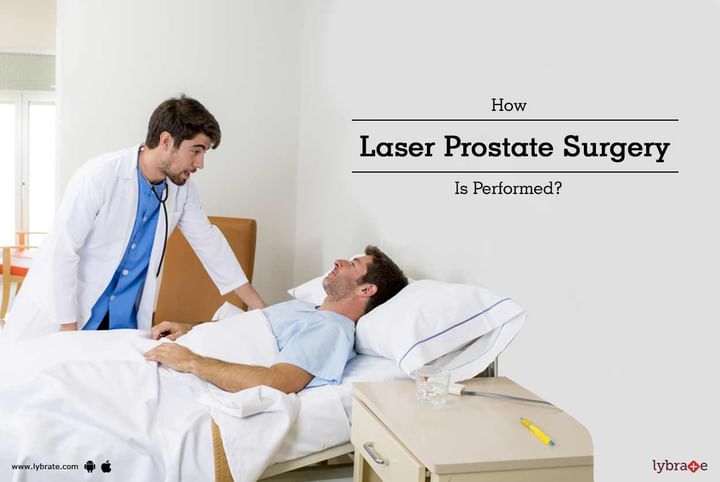How Laser Prostate Surgery Is Performed?
One of the most common problems faced by ageing men is benign prostatic hypertrophy. Prostate is the gland at the base of the urethra near the bladder and when it enlarges it can lead to symptoms, mostly related to urination.
1. Frequent urge to pass urine
2. Prolonged urination
3. Frequent nocturnal visits to the toilet
4. Intermittent urination
5. Difficulty to start urinating
6. Inability to completely empty the bladder
7. Urinary tract infections
There are medications available to manage this, but offer only temporary relief. Many men therefore prefer to have the surgery undergone to manage these bothersome symptoms. However, like any surgery, the risks and benefits need to be considered along with other conditions like age, overall health status, other comorbid conditions, etc.
Surgical removal of the enlarged prostate gland is a more definitive approach to manage these symptoms. In addition to providing a quick cure, it also is used in the following cases:
1. Patients who do not respond to medications
2. Presence of blood in the urine
3. Associated bladder stones
4. Frequent infections of the urinary tract
5. Associated damage to the kidneys
Procedure of Surgery
During the procedure, a tube is passed through the tip of the penis into the urethra towards the bladder neck. Once it is in the desired position, laser is passed through it to deliver energy that acts on the prostate to either completely or partially destroy it. There are two methods by which laser acts on the enlarged prostate and making way for free flow of the urine.
1. Ablation: Excess prostate tissue is melted away by the laser by using photosensitive vaporization of the prostate. This is also known as Greenlight laser therapy or KTP laser vaporization. Alternately, Holmium can be used as the source of laser energy to ablate the prostate tissue.
2. Enucleation: Excess prostate tissue is cut and teased out through the urethra. Holmium laser is used to resect the prostate into smaller pieces, which are then removed out through a resectoscope. Another technique uses a tissue morcellator which grinds the enlarged prostate into smaller pieces to enable easy retrieval.
More men now opt for laser prostate removal as it has the following advantages:
1. Reduced risk of bleeding: This becomes essentially important in patients who are on blood thinners.
2. No hospitalization: This can be done either as an outpatient or with minimal one day stay at the hospital
3. Immediate symptom relief: As compared to medications, the relief is felt almost immediately after the surgery
4. No catheter: With laser surgery, a catheter may be required for less than 24 hours unlike in open surgical cases.
As noted above, as with any surgery, once enlarged prostate symptoms set in, have a detailed discussion with your doctor to identify if you are a suitable candidate for laser surgery. In case you have a concern or query you can always consult an expert & get answers to your questions!



+1.svg)
